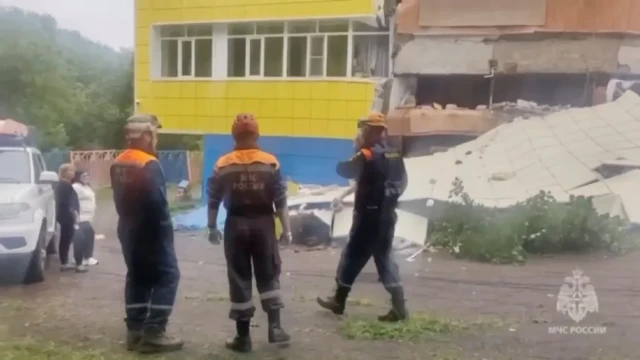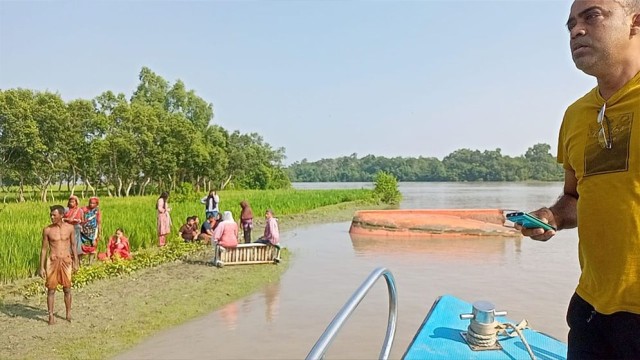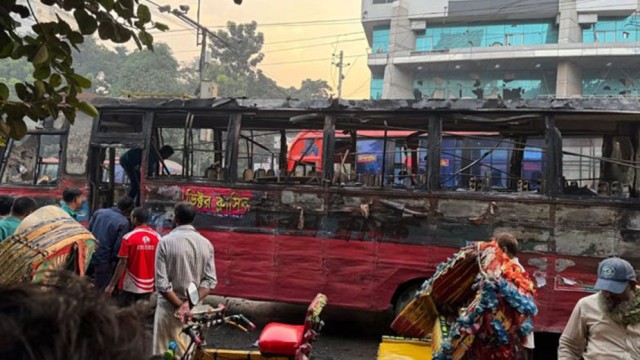KAMCHATKA, July 31 (V7N) — A powerful magnitude 8.8 earthquake struck off the eastern coast of Russia’s Kamchatka Peninsula on July 29, triggering tsunami warnings and emergency evacuations across the Pacific, including in the United States, Japan, and Russia itself. The quake, one of the most powerful ever recorded globally, occurred in a seismically active zone known as the "Ring of Fire."
The underwater quake sent waves as high as 13 feet crashing into parts of Kamchatka, causing damage to buildings and infrastructure and forcing thousands to evacuate coastal areas. The tremor’s impact was felt across the Pacific, with tsunami warnings issued for Hawaii and the U.S. West Coast. Authorities in these regions activated emergency protocols and urged residents to seek higher ground. In Japan, coastal areas were placed on alert amid concerns of incoming waves.
Following the earthquake, Kamchatka's Klyuchevskoy volcano — one of the most active in Eurasia — began erupting on July 30, adding to the region’s geological unrest. According to reports from Reuters, ash plumes were observed rising from the volcano, further complicating the local emergency response.
Kamchatka is no stranger to seismic and volcanic activity. The peninsula lies along the Pacific "Ring of Fire," a tectonically volatile region encircling the Pacific Ocean, known for frequent earthquakes, tsunamis, and volcanic eruptions. In recent decades, the region has seen several high-magnitude earthquakes, including a magnitude 9.0 event in 1952 that also produced a major tsunami.
Experts noted that while the July 29 quake ranks among the top ten most powerful earthquakes ever recorded, it is consistent with the area's geological history. Scientists continue to monitor the region closely for aftershocks and further volcanic activity.
Authorities in Russia, Japan, and the United States are now assessing damage and coordinating with emergency services to ensure public safety. No immediate fatalities have been confirmed, though assessments are ongoing in remote areas.
The incident underscores the persistent threat posed by natural disasters in tectonically active zones and the importance of coordinated international monitoring and early warning systems.
END/WD/SMA/































Comment: